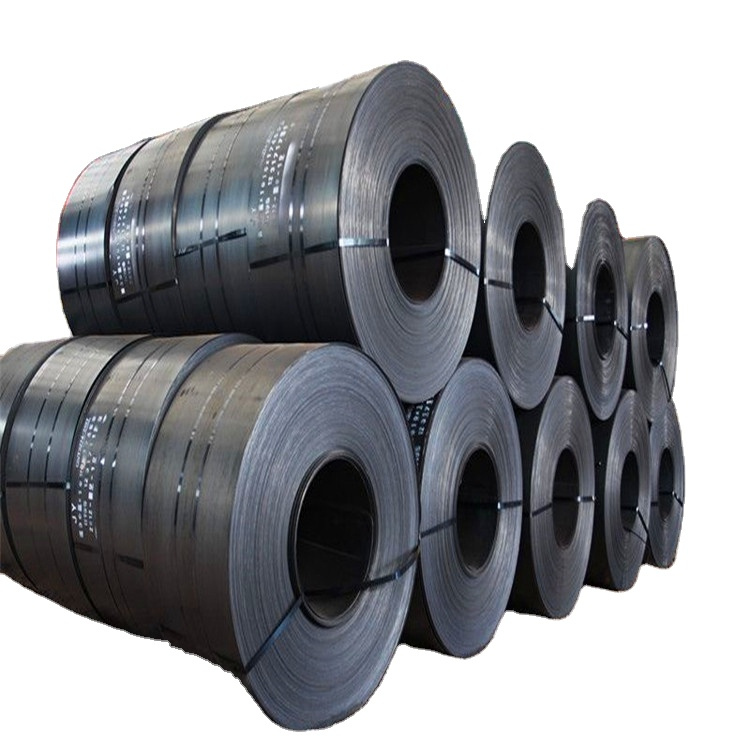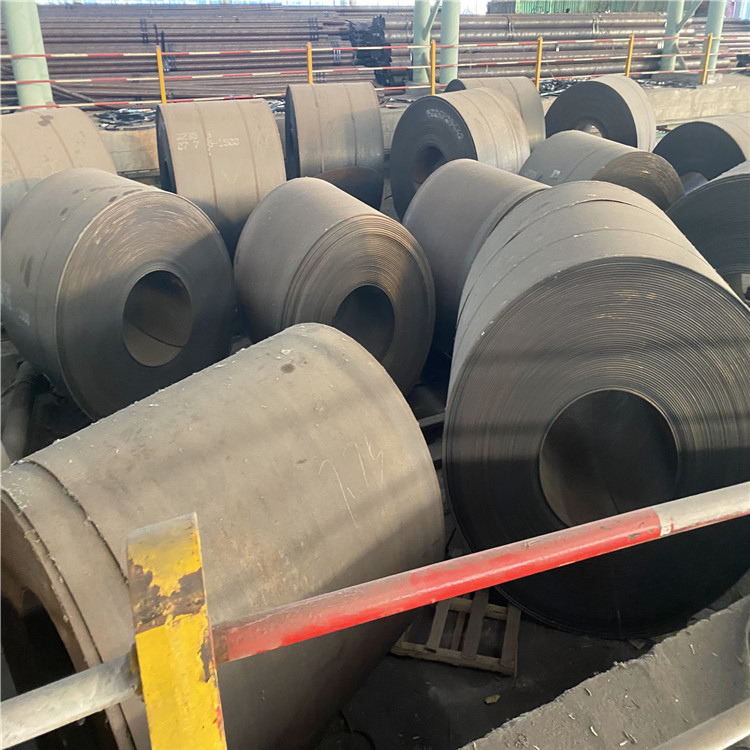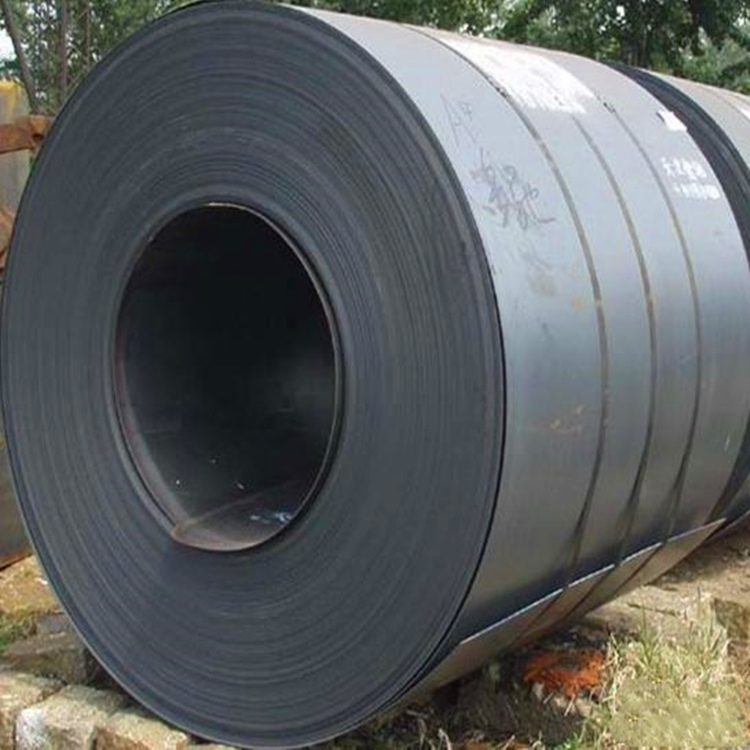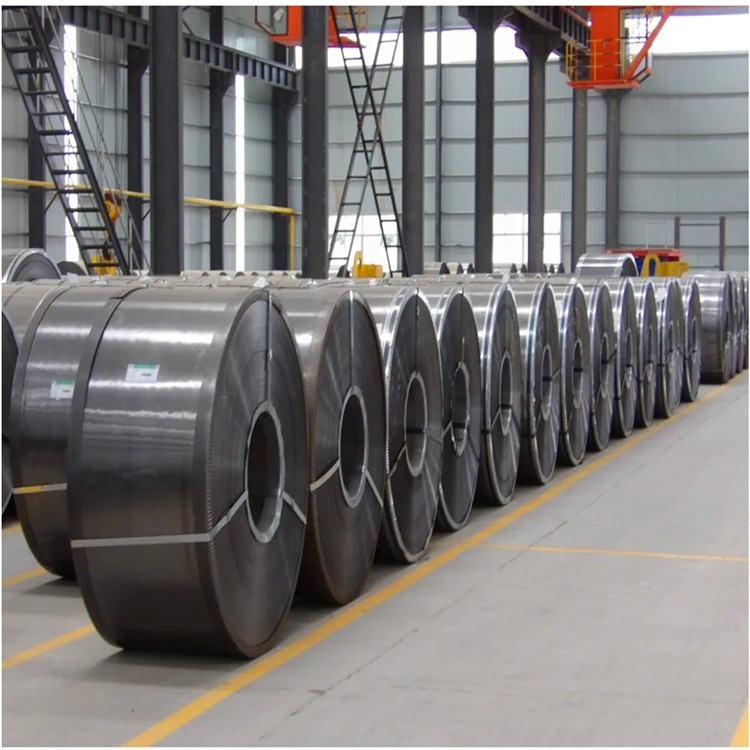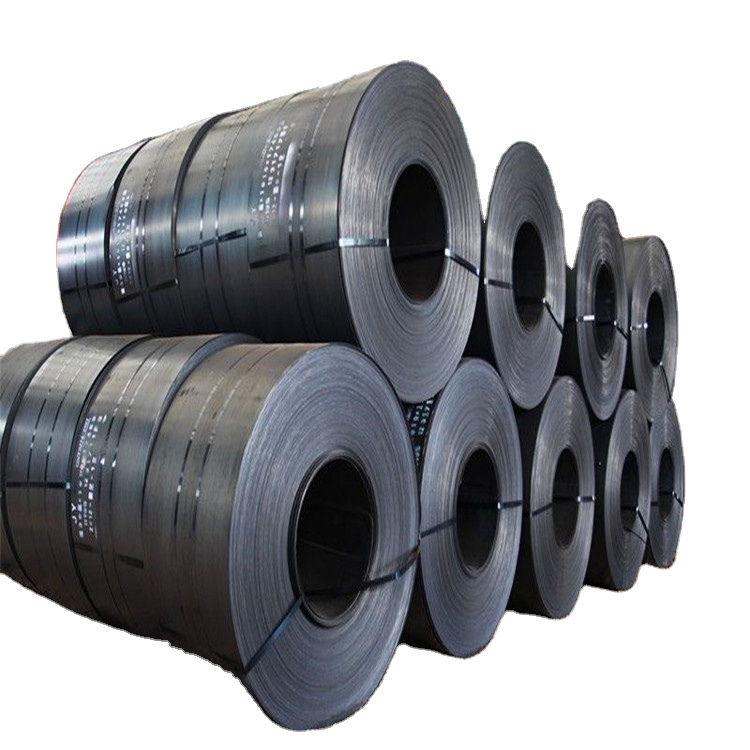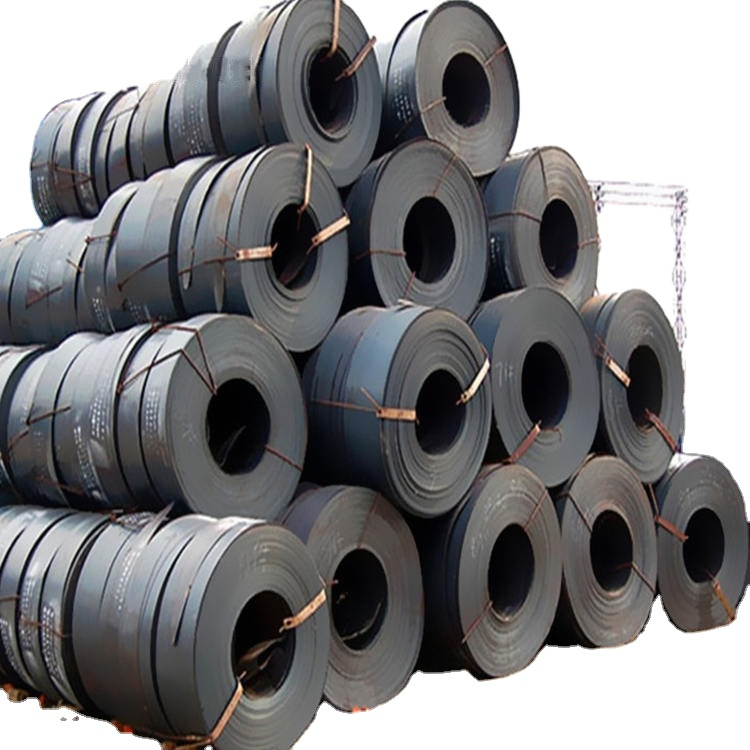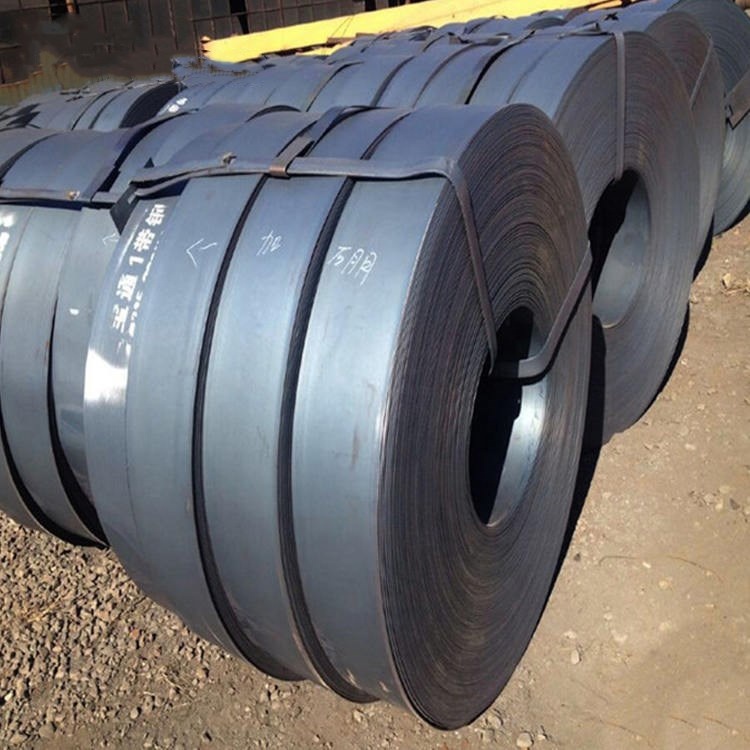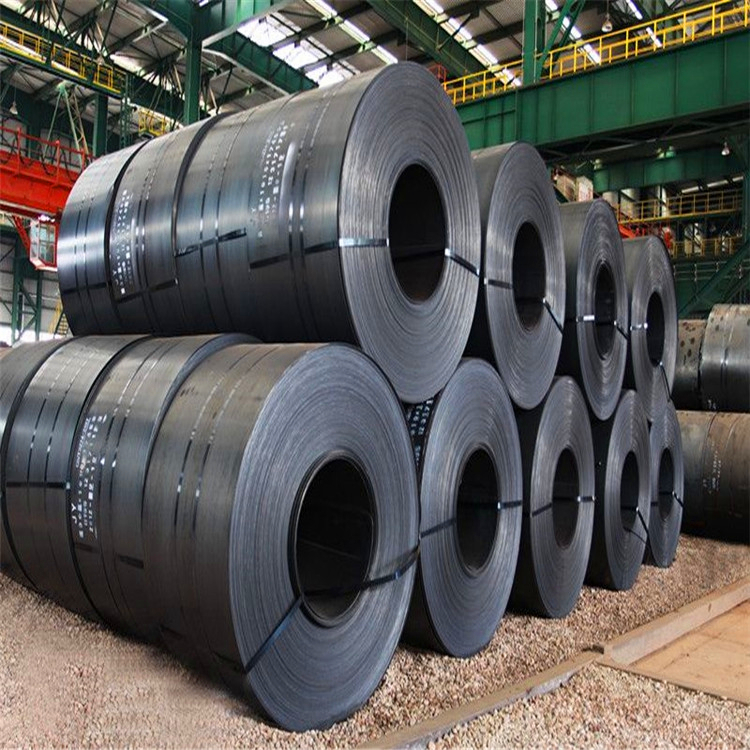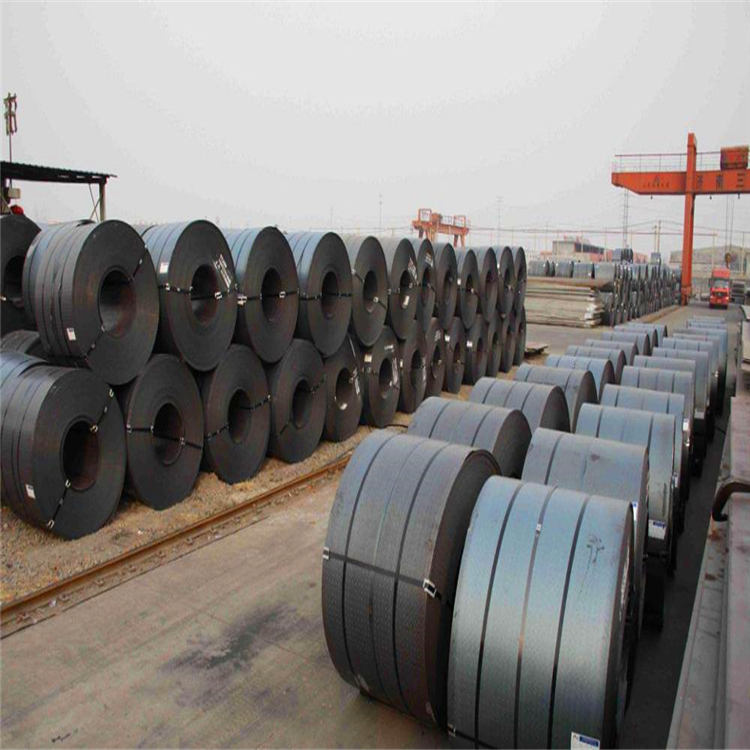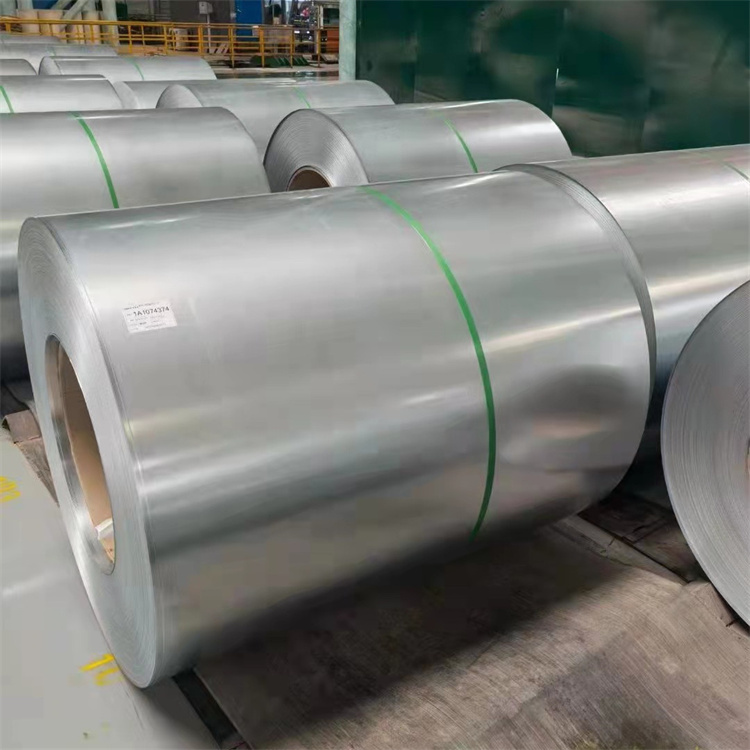Carbon Steel Coil Classification
Carbon steel coils are iron-carbon alloys with a carbon content of 0.0218% to 2.11%. Also called carbon steel. Generally also contains a small amount of silicon, manganese, sulfur, phosphorus. Generally, the higher the carbon content in carbon steel, the greater the hardness and the higher the strength, but the lower the plasticity.
(1) According to the application, carbon steel can be divided into three categories: carbon structural steel, carbon tool steel and free-cutting structural steel. Carbon structural steel is further divided into engineering construction steel and machine manufacturing structural steel;
(2) According to the smelting method, it can be divided into open hearth steel and converter steel;
(3) According to the deoxidation method, it can be divided into boiling steel (F), killed steel (Z), semi-killed steel (b) and special killed steel (TZ);
(4) According to the carbon content, carbon steel can be divided into low carbon steel (WC ≤ 0.25%), medium carbon steel (WC0.25%-0.6%) and high carbon steel (WC>0.6%);
(5) According to the quality of steel, carbon steel can be divided into ordinary carbon steel (higher phosphorus and sulfur content), high-quality carbon steel (lower phosphorus and sulfur content) and advanced high-quality steel (lower phosphorus and sulfur content) ) and extra high-quality steel.
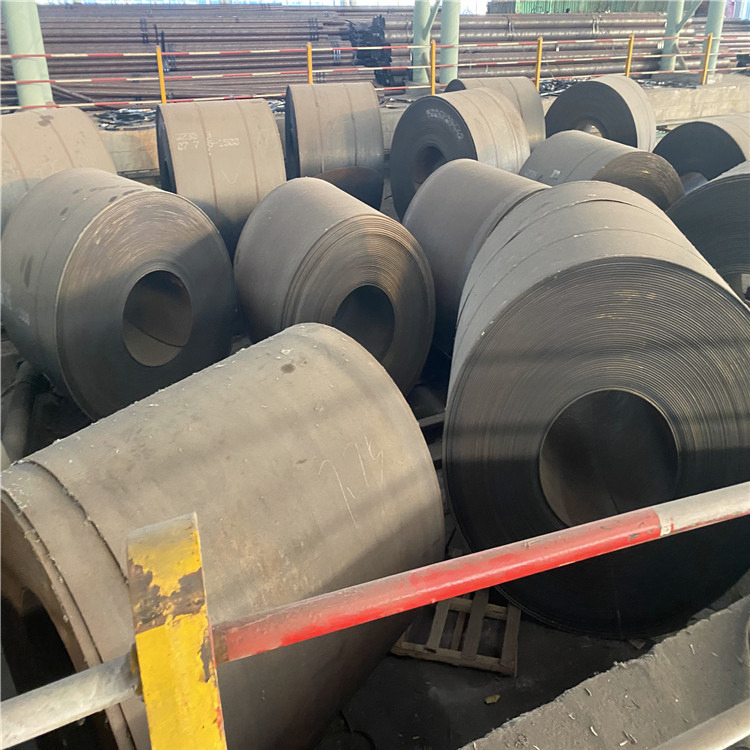
How to choose carbon structural steel, high-quality carbon structural steel, carbon tool steel
Carbon structural steel
Brand: Example Q235-A·F, indicating σs=235MPa.
Note on the grade: Q is the yield strength A quality grade (with ABCD four grades), F boiling steel.
Features: low price, excellent process performance (such as weldability and cold formability).
Application: General engineering structure and general mechanical parts. For example, Q235 can be used to make bolts, nuts, pins, hooks and less important mechanical parts, as well as rebar, section steel, steel bars, etc. in building structures.
High quality carbon structural steel
Brand: Example 45, 65Mn, 08F.
Note on grades: It directly represents the ten thousand percent of the carbon content of the metal.
Application: Non-alloy steel for manufacturing important mechanical parts is generally used after heat treatment.
Common steel grades and uses:
08F, low mass fraction of carbon, good plasticity, low strength, used for stamping parts such as automobile and instrument housing;
20. Good plasticity and weldability, used for parts with low strength requirements and carburized parts, such as hoods, welding containers, small shafts, nuts, washers and carburized gears, etc.;
45, 40Mn, after quenching and tempering, the comprehensive mechanical properties are good, and it is used for mechanical parts with large force, such as gears, connecting rods, machine tool spindles, etc.;
60, 65Mn steel has high strength; it is used to manufacture various springs, locomotive wheel flanges, and low-speed wheels.
Carbon tool steel
Grade: For example, T12 steel means carbon tool steel with Wc=1.2%.
Note for grades: T plus the thousandths of the carbon content of the metal.
Features: It belongs to eutectoid steel and hypereutectoid steel, with high strength, hardness and good wear resistance. It is suitable for manufacturing various low-speed cutting tools.
Common steel grades and uses:
T7, T8: Make parts that withstand a certain impact and require toughness. Such as sledgehammers, punches, chisels, woodworking tools, scissors.
T9, T10, T11: Manufacturing tools that require high hardness and high wear resistance with low impact. Such as taps, small drills, dies, hand saw blades.
T12, T13: Make tools that are immune to impact. Such as files, scrapers, razors, measuring tools.
cast steel
Grade: For example, ZG200-400, which means cast steel with σs=200MPa and σb=400MPa.
Performance: The casting performance is worse than that of cast iron, but the mechanical properties are better than that of cast iron.
Application: It is mainly used to manufacture relatively important mechanical parts with complex shapes and high mechanical performance requirements, but it is difficult to form by forging and other methods in the process, such as gearbox casings of automobiles, couplers and couplings of locomotives and vehicles.
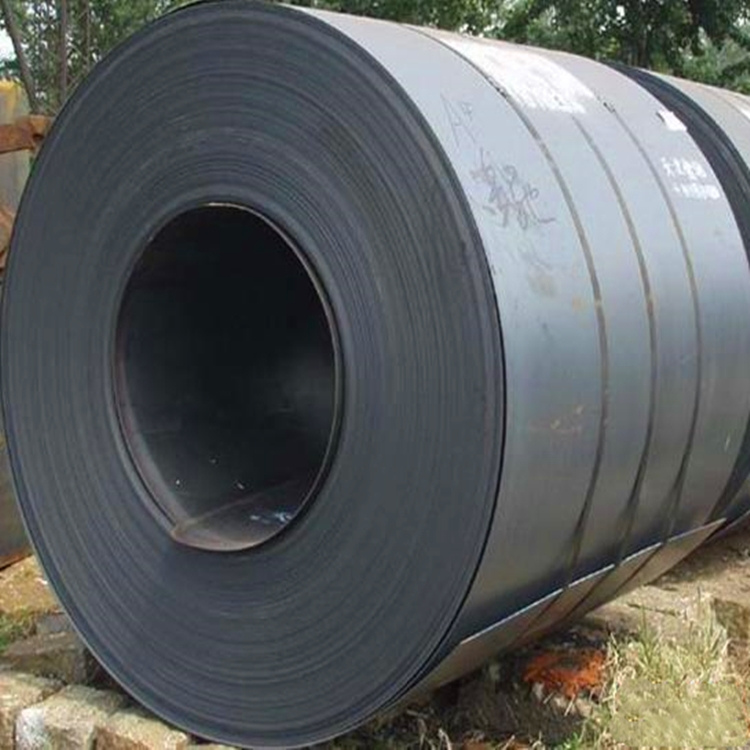
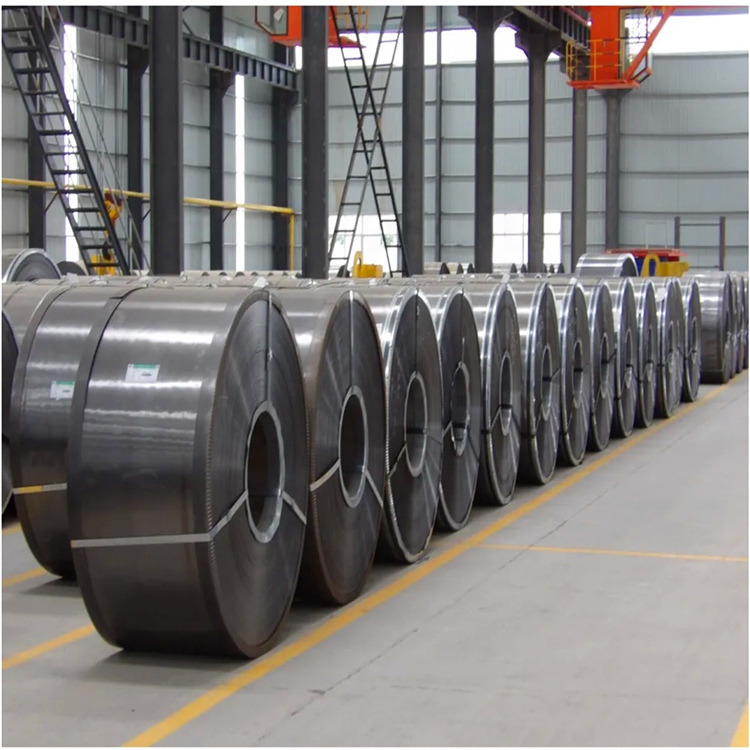
Influencing factors of carbon steel coil composition
Manganese is about 0.25%~0.80%, solid solution strengthening; FeO is removed to reduce the brittleness of steel; MnS is synthesized with vulcanization, which can reduce the harmful effect of sulfur. beneficial.
Si is about 0.10%~0.40%, solid solution strengthening; it is beneficial to remove the adverse effect of FeO on steel quality.
Sulfur FeS and Fe form a low-melting eutectic (melting point is 985℃), which causes the steel to become brittle and crack during hot working at 1000~1250℃, which is called "hot brittleness". harmful.
The strength and hardness of phosphorus are increased, but the plasticity and toughness are reduced, and it is "cold and brittle". harmful.
166755.jpg)
